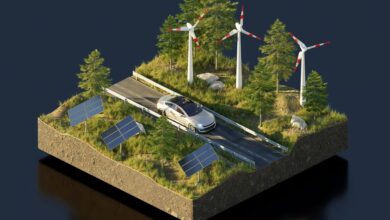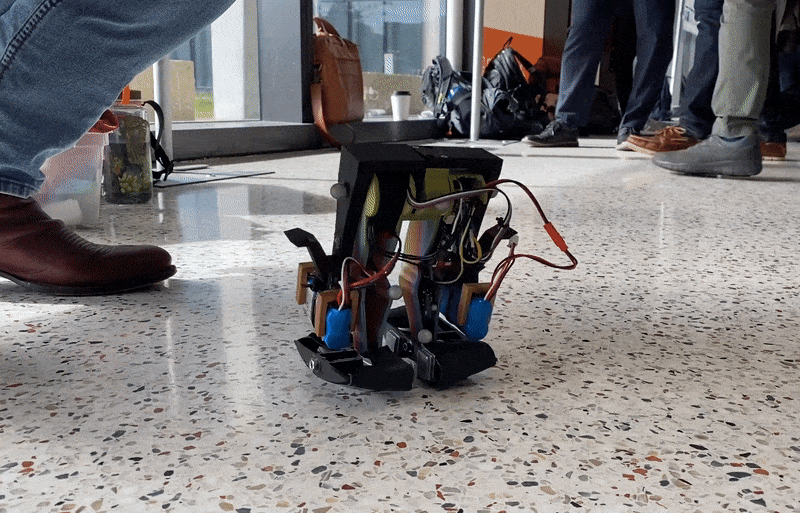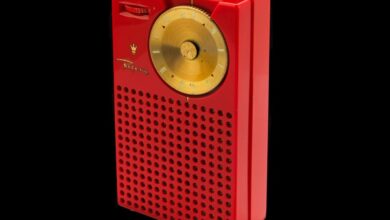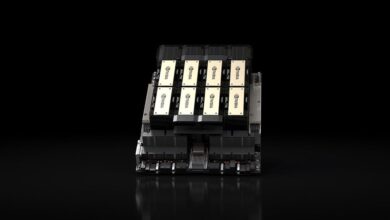This USC Professor is Developing an Artificial Brain
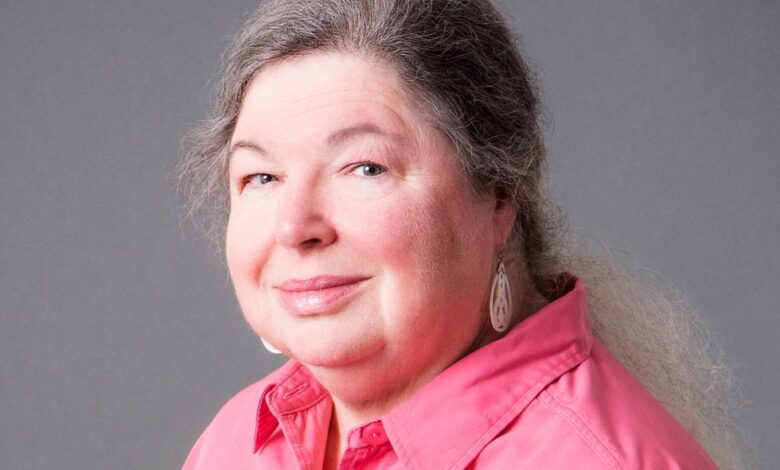
People have expected great things from Alice Parker, who was raised in a family of distinguished scientists and engineers. And Parker, a professor of electrical and computer engineering at the University of Southern California has delivered. She helped develop high-level (behavioral) synthesis, an automated computer design process that assists with the transformation of a behavioral description of hardware into a model of its logic and memory circuits.
Her father, a chemist, was on the team that first synthesized vitamin B1 at pharmaceutical company Merck in Charlotte, N.C. In 1941 her uncle Vannevar Bush was appointed the first science advisor to the U.S. Congress.
Parker is currently helping to develop an artificial brain that can replicate the functions of neural mechanisms believed to be important for learning and memory.
This year IEEE President-Elect Tom Coughlin interviewed Parker for her IEEE History Center oral history. It is now available on the Engineering and Technology History Wiki. This article is based on that interview.
From CAD to brain modeling
Parker’s work is focused on four areas: biomimetic neuromorphic circuits, biomimetic stereo vision, retinal and cortical neuromorphic analog circuits, and nanotechnology.
Biomimetic neuromorphic circuits mimic the brain’s short-term memory. Biomimetic stereo vision helps systems perceive objects in three dimensions. Retinal and cortical neuromorphic analog circuits simulate neural networks found in the retina and the visual cortex.
In collaboration with Chongwu Zhou, an electrical engineering professor at USC in Los Angeles, Parker is combining those research areas through the design of a biomimetic real-time cortex (BioRC), essentially an artificial brain.
They created the first synapse made with carbon-nanotube transistors as well as the first analog circuit designs of astrocytes (brain cells) that interact with circuits that model neurons to replicate the functions of neural mechanisms believed to be important for learning and memory.
“We are looking at how the brain works biologically, and we are pushing it down a level and seeing what we can emulate,” Parker says. “Can we emulate schizophrenia? Can we emulate various things that are biological?” She said the project has been “a lot of fun.”
BioRC probably will be the last big thing she works on during her career, she says.
Before she started developing the artificial brain, Parker built a sudoku-solving system that employed simulated annealing. The system, created to decrease the time it took to judge sudoku competitions, can give competitors hints if they are having a difficult time.
To solve a sudoku puzzle, the system uses image-processing techniques that find imperfections and detect the borders of objects.
It’s 100 percent accurate when judging puzzles that have been filled out on paper by hand, according to a research paper written by Parker’s team. The system can help participants accurately complete a sudoku 95 percent of the time, and it can solve a puzzle itself in less than 50 seconds, the team says.
STEM: A family affair
Parker’s interest in pursuing a STEM career began in elementary school in Birmingham, Ala., after her parents bought her chemistry kits. At the time, her father was a professor at the University of Alabama at Birmingham.
She was “barely able to read,” she recalls, so her father described what the project was so she could do it by herself in the laboratory he had built in a bathroom at home.
Her parents also bought her older brother engineering kits, and Parker helped him complete them. Together the siblings built transistor radios and fixed broken electronics around the house, such as a television and an electric train.
As a high school student, Parker participated in many science fairs and won several awards for her projects. Her science-fair success caught the attention of a teacher who encouraged Parker to pursue a degree in electrical engineering, and he helped her plot her career path.
“I was always interested in the computer and digital things,” Parker told Coughlin in the interview.
She was awarded a partial scholarship to attend North Carolina State University, in Raleigh, where her father taught chemistry after leaving UAB. While an undergraduate EE student there, she got an internship at Southern Services Co., in Charlotte. The company provided engineering services for five power companies including Alabama Power, Florida Power, and Georgia Power.
At Southern she learned how to use an IBM 360 computer—which she said was a useful skill later in her career.
After graduating with a bachelor’s degree in 1970, Parker decided to pursue a master’s degree in electrical engineering at Stanford. The university’s brochure persuaded her to apply to its graduate program, she says, because it featured Michael A. Arbib, a biomedical engineering professor who studied brain modeling.
Parker thought that line of research was “very cool,” she says, and she applied to Stanford so she could work with Arbib. But by the time she started there, he had left to join the University of Massachusetts in Amherst.
She completed her thesis at Stanford under the guidance of Frederick Terman, whose research focused on vacuum tubes, circuits, and instrumentation. Terman, who is viewed as a Silicon Valley founding father, served as 1941 president of the Institute of Radio Engineers, an IEEE predecessor society.
While at Stanford, Parker says, she fell in love with California. But after receiving her master’s degree in 1971, she returned to North Carolina. She earned her doctorate in 1975 in electrical engineering from N.C. State but said she regretted leaving California.
She joined Carnegie Mellon that same year as an assistant professor. There she met her husband. They spent almost five years in Pittsburgh, then the couple decided to move to a warmer locale after a terrible winter storm.
“It was minus 8 °C. The glass in the house’s storm door shattered, and the car would not start,” she recalls. She knew then, she says, that she was ready to return to the Golden State.
She joined USC in 1980 and has worked there since. Throughout her 40 years at the university, she has held several leadership positions including division director for computer engineering, dean of graduate studies, and vice provost for research.
She has received numerous awards for her teaching, including the 2008 South Central Scholars Service Award from South Central College, a 2006 USC Viterbi School of Engineering teaching award, and a 1990 U.S. National Science Foundation Faculty Award for Women Scientists and Engineers.
“USC has been a great experience,” Parker says. “I can’t imagine being anywhere else.”
IEEE Spectrum
